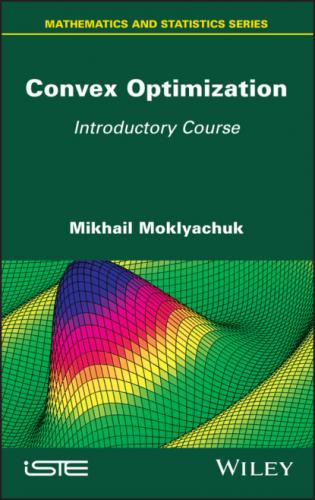for some m ≥ 1, 2m ≤ n, then the function f(x) attains a local minimum (maximum) at the point
PROOF.– Since
If
1.3. Optimization problems with objective functions of several variables
Let
DEFINITION 1.3.– A function f is said to be lower semicontinuous (upper semicontinuous) at a point if there exists a δ-neighborhood
of the point such that the inequality
holds true for all x ∈
THEOREM 1.8.– A function
PROOF.– Let f be a lower semicontinuous on ℝn function, let a ∈ ℝ and let
Vice versa, if the set f–1((a, +∞]) is open for any a ∈ ℝ and
THEOREM 1.9.– (Weierstrass theorem) A lower (upper) semicontinuous on a non-empty bounded closed subset X of the space ℝn function is bounded from below (from above) on X and attains the smallest (largest) value.
THEOREM 1.10.– (Weierstrass theorem) If a function f(x) is lower semicontinuous and for some number a the set {x: f(x) ≤ a} is non-empty and bounded, then the function f(x) attains its absolute minimum.
COROLLARY 1.1.– If a function f(x) is lower (upper) semicontinuous on ℝn and
then the function f(x) attains its minimum (maximum) on each closed subset of the space ℝn.
THEOREM 1.11.– (Necessary conditions of the first order) If
THEOREM 1.12.– (Necessary conditions of the second order) If
This condition means that the matrix
is non-negative definite.
THEOREM 1.13.– (Sufficient conditions of the second order) Let a function
